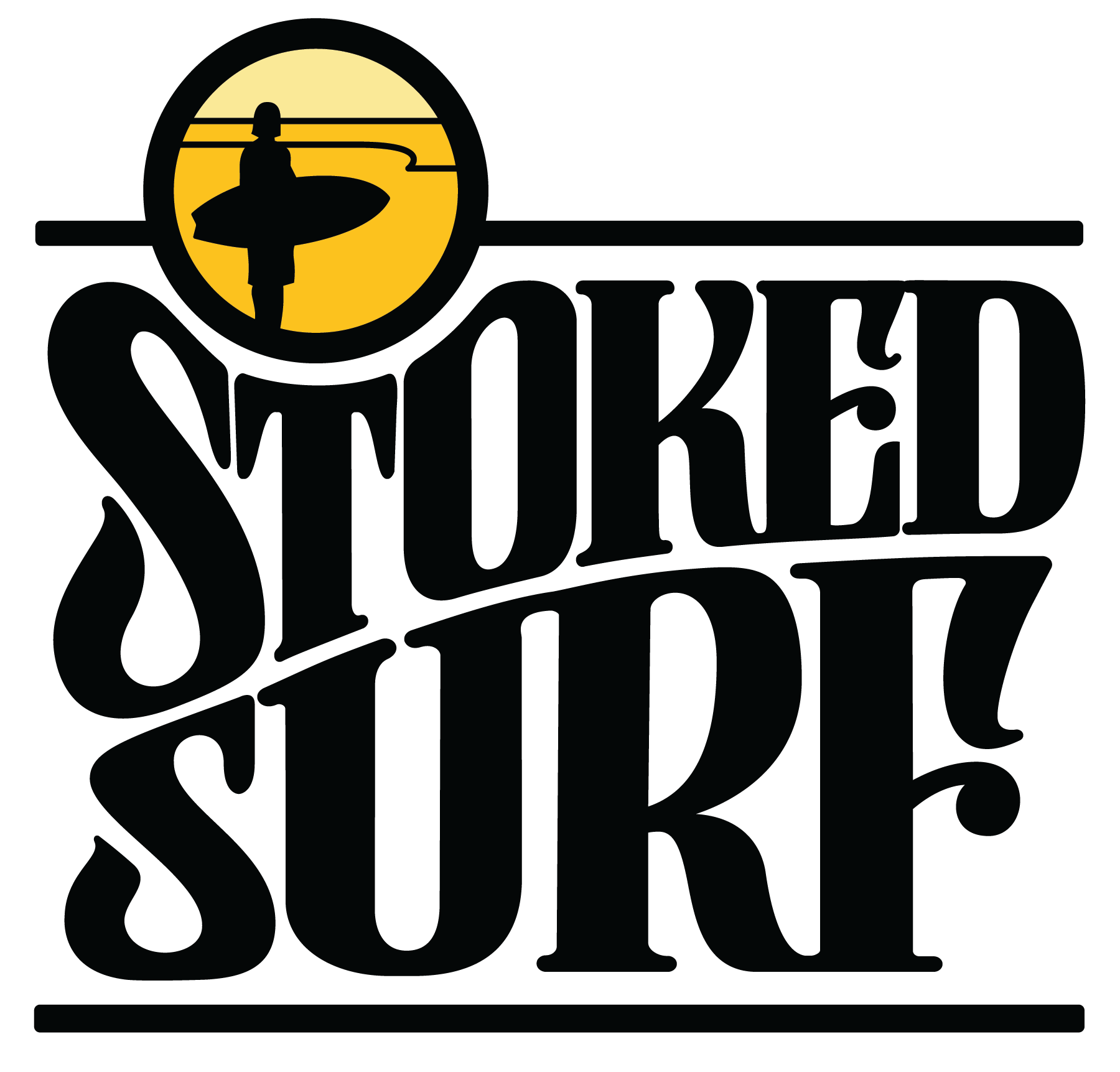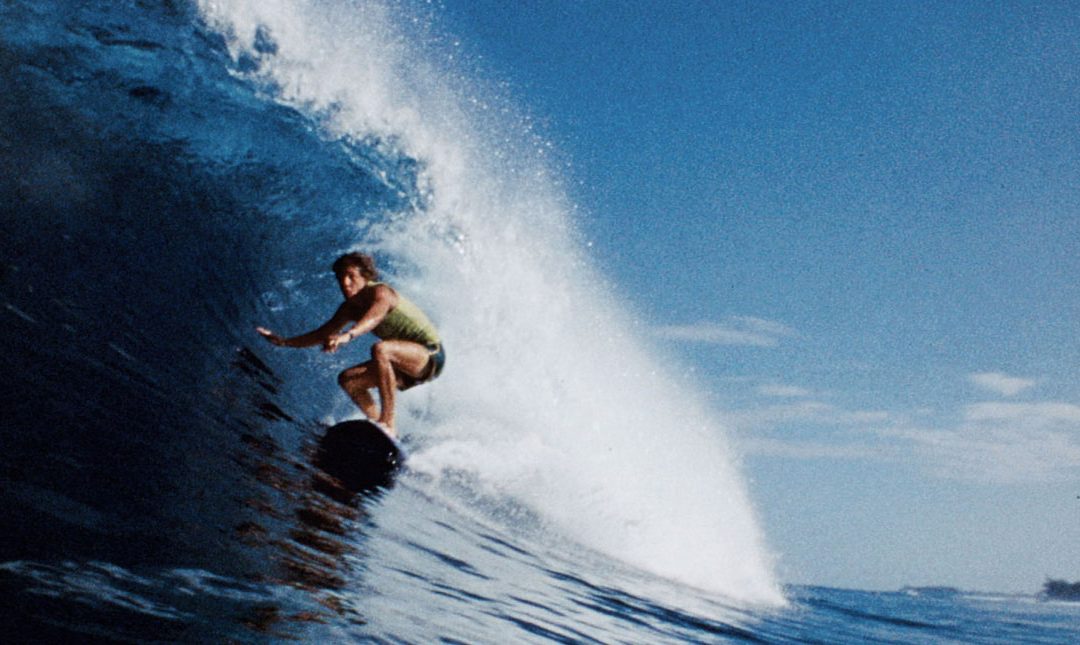There is a vast selection of tales, that have been told and embraced along our coast, but through it all, one can piece together the stories of various South African legends.
These legends, will go on to transform the sport of surfing in South Africa and all over the world…
From the unassuming beginnings of SA Surfing in Muizenberg, which took place in 1919 when Heather Price became the first recorder stand up surfer on our shores.
To the leaps taken by the Three Arcadians in board shaping and design.
All the way to recent years, when South Africans helped to shape the sport into the extraordinary spectacle it is today.
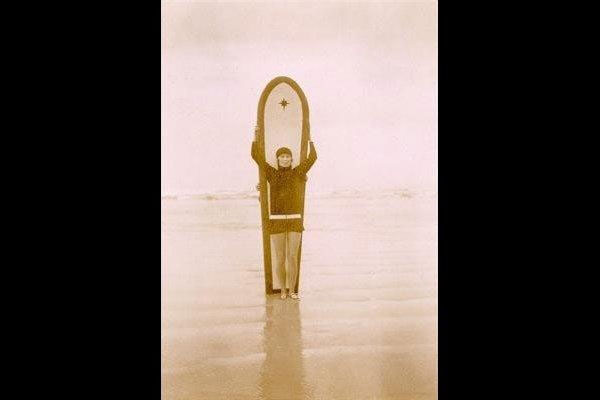
Heather Price: The first recorder stand up surfer in SA.
According to surfingheritage.co.za: Ross Lindsay, whose wife Kay, is Heather Price’s niece, visited Heather in Zimbabwe before she passed away.
It was there, that she told Ross emphatically that “she surfed standing up” and made it very clear that she had advanced beyond the general wave-riding technique of the day which was to lie down on wooden belly boards.
This new style of surfing, as explained in the book by Jack London: ‘The Cruise of The Snark’. A book in which he described the surfing exploits in Waikiki Beach, inspired Tony Bowman to build his own ‘surf-boats’ with only a few pictures from the Honolulu Tourist Association as a guide line for measurements.
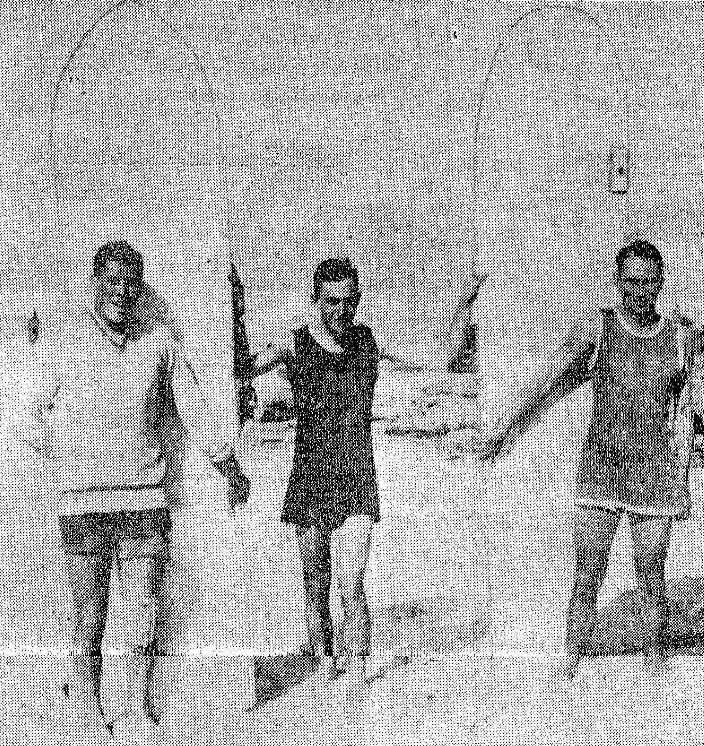
He was joined by Lex Miller and Bobby van der Riet and eventually became known as The Three Arcadians, as they used to work on their designs, behind the Arcadia Tea Room.
All the way across the South African coastline, in Durban, things were also heating up, as the warm waters and tropical climate, summoned many holidaymakers to the beaches.
This led to the creation of the Durban Surf and Life Saving Club in 1927 and to the Pirates Surf and Life Saving Club in 1928.
These men, were capable ocean swimmers and created their own rescue techniques and patrols, due to their passion for the ocean and high regard for mass safety, whilst enjoy the bathing styles of the era.
At the time these activities involved entering the water till about chest height and body boarding or plaining on wooden-belly boards for the more daring.
As with any club, the Surf and Life Saving Clubs in Durban had keen pseudoscientists, one of whom was Fred Crocker, a railways carpenter and member of Pirates SLSC who by the mid 1930’s was experimenting with diverse craftsmanship tasks.
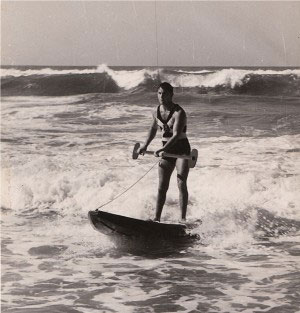
The South African swimming coach and member of Durban Surf LSC, Alec Bulley had visited a Sydney beach to see what lifesavers were doing in Australia and he sketched the stand-up wave riding craft lifesavers were using.
He gave his sketches to Fred Crocker of Pirates SLSC, who built a ‘ski’ which in the Souvenir Program of SA Surf Life Saving Championships hosted by Pirates SLC at Country Club Beach, Durban. 21 April 1957 it is reported as being:
Twelve feet long and two feet, six inches wide and it tapered back and front, with a boarded over deck and flat bottom.
This made the ‘Ski’ very heavy, and it needed two men with a lot of courage and energy to handle it.
Fred Crocker tinkered with his design, making it lighter and altering the size until the “Crocker” ski, was eventually hailed as the ideal craft to ride any size or type of wave.
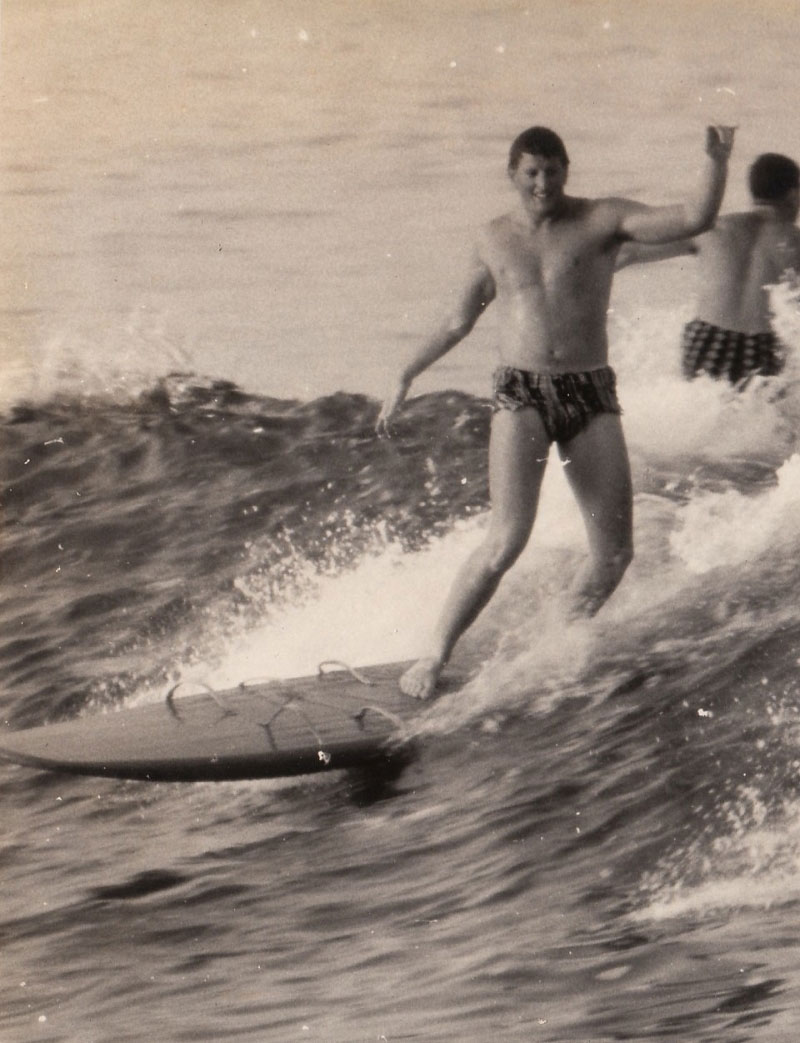
SA has had a major impact on surfing, which is, sadly, often overlooked. This however was not the case in the glorious eras of the 60s and 70s when a fresh breath of air was given to surfing.
With epic movies, such as Bruce Brown’s ‘The Endless Summer’, which introduced the world to some of the greatest surf spots on earth and to the surfer’s dream.
This movie depicted some of the waves around the magnificent South African coastline.
At a time when Muizenberg was the epicenter of surfing culture in the Cape, as was Durban in Natal, Bruce Brown’s movie, introduced the world to the then-unknown break in Cape St. Francis, which quickly became one of the world’s most famous surfing sites.

This part of the South African coastline is also home to an other world class South African Break and playground of the South African leg of World Surf League (WSL) Championship.
The beautiful surfer town known as Jeffrey’s Bay, or J-bay.
J-Bay, has hosted world class surfers over the years. Surfers such as Kelly Slater, Mick Fanning and South Africa’s own Jordy Smith, to name a few.
This small town has breaks for all levels of surfers. From the surreal Supper Tubes to the calmer main beach break, surfing enthusiasts will not be disappointed.
South Africa’s history with surfing has never been more evident, then it was in the 2009 documentary by Jeremy Gosch: ‘Bustin’ Down The Door’.
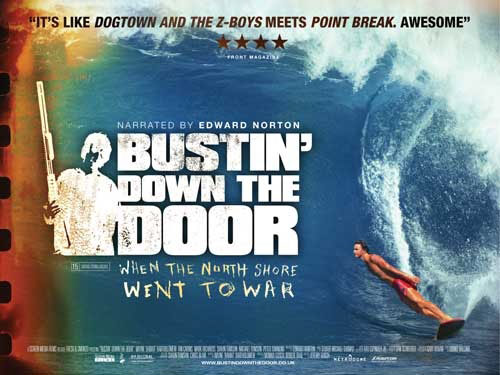
“During the winter of 1975 in Hawaii, surfing was shaken to its core. A group of young surfers from Australia and South Africa sacrificed everything and put it all on the line to create a sport, a culture, and an industry that is today worth billions of dollars and has captured the imagination of the world. With a radical new approach and a brash colonial attitude, these surfers crashed headlong into a culture that was not ready for revolution. Surfing was never to be the same again.” Written by Dan Schreiber, resourced from IMDB.
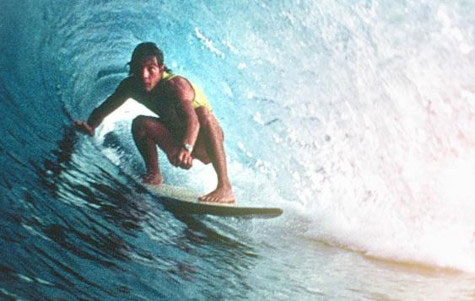
Shaun Tomson (SA)
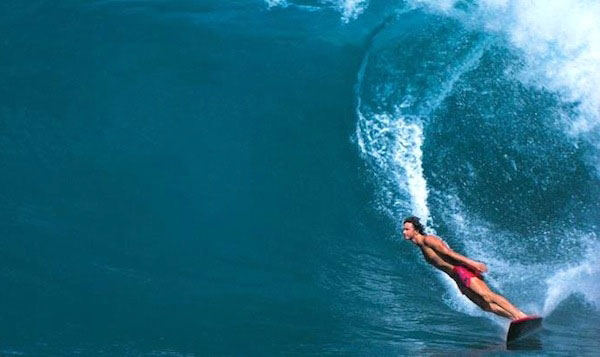
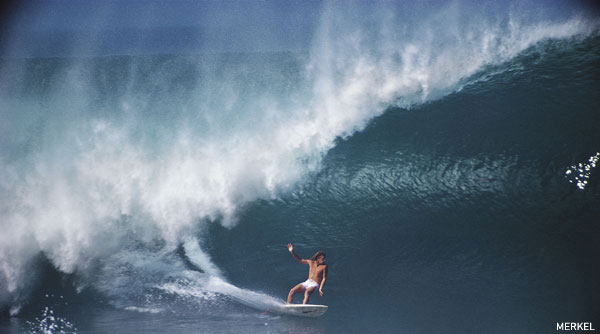
I truly believe that South Africa has been a fundamental part in the evolution of surfing, although, it is occasionally over looked by its people.
However with the increasing of popularity of the sport, athletes representing South Africa in both Longboarding and Short board championships and a mentality which forces you to go in search of your best wave, I am sure it will not be the last time South Africa makes surfing headlines.
